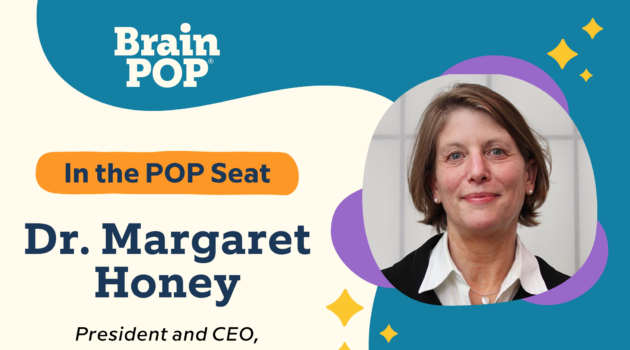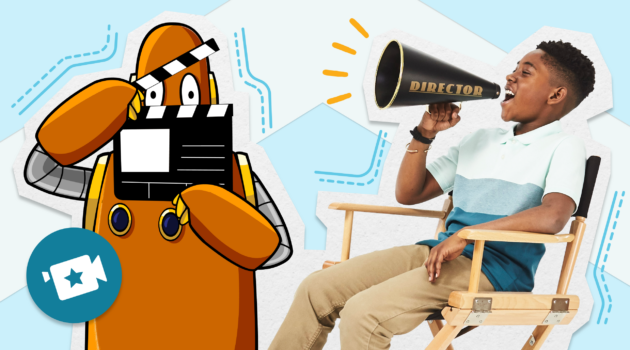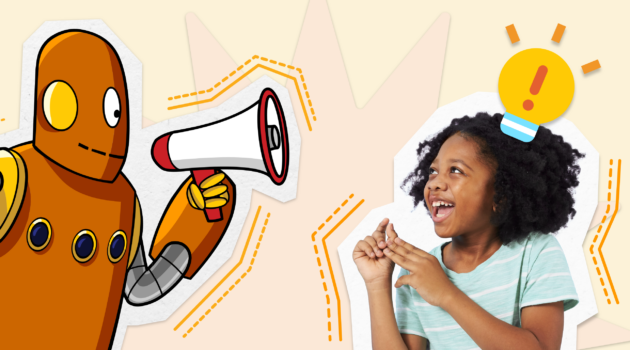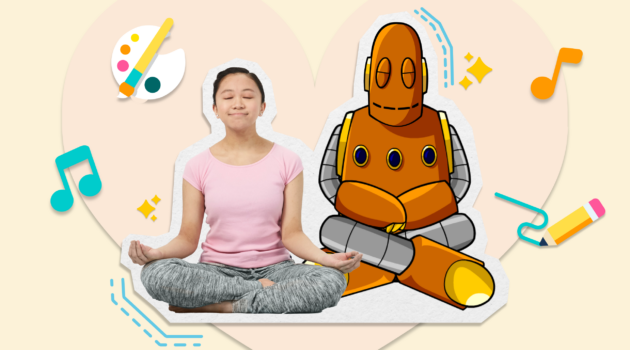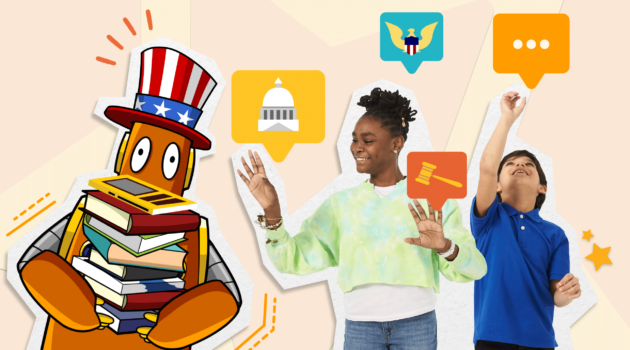Teaching Strategies
3 Ways Educators Can Become Edtech Managers — In Their Classrooms

“I’m not quite sure where this coronavirus is heading, but let’s pack up our things just in case.” I remember it like it was yesterday. We crowded around a long conference table at the last staff meeting before Spring Break 2020, as my very wise principal at Dallas Christian Academy told us to pack up our teacher’s editions as if we might be teaching from home after break. We spent the week reluctantly planning lessons and preparing for a possible school closure. Little did we know, that was the last staff meeting we would ever have in that crammed little conference room.
Now, two years into the pandemic, many teachers see education heading in a new direction, and are once again preparing. Careers in technology are growing rapidly, and teachers are becoming more familiar with edtech. They’re teaching their students and themselves different ways of thinking about their future.
The one question from teachers that floods my LinkedIn inbox is “How do I land a role in edtech?” What they may not realize is that they already have one.
Should I Stay or Should I Go?
With high performance expectations and a crippling pandemic, it’s no secret that teaching has become a greater challenge than ever before. Teachers are constantly adding to their already extensive job descriptions, while going above and beyond just to keep their classrooms intact and their heads above water. According to a 2021 survey in Education Week, 54% of teachers say they are likely to leave teaching in the next two years. While it pains me to think that so many teachers are considering leaving the profession, I completely understand. After 20 years in education and one year of “pandemic teaching” (a phrase I think every teacher should add to their resume), I shifted out of the classroom and into a new role as an edtech manager at BrainPOP.
The one question from teachers that floods my LinkedIn inbox is, “How do I land a role in edtech?” What they may not realize is that they already have one.
Teachers Are Edtech Experts
The current demands of online learning have transformed teachers into experts. They have collectively used every app under the sun, and know each product’s strengths and weaknesses. As the world of education pivots, teachers pivot with it, sharpening skills they already have and learning new ones.
Here are three ways you can be a more intentional edtech manager in your classroom right now:
1. Get inspired with edtech research
If you are looking to gain valuable edtech skills, and inspire your students to do the same , start with research. Follow edtech leaders on social media. Study the trends. Explore new products to see which work best for you and your classroom! Of course, with so many choices, many of us already have app fatigue. We’ve used too much too quickly, and may not have the bandwidth to learn another “thing.” But I challenge you to think of this as testing edtech products instead of implementing them, while simultaneously giving your students a powerful lesson in user research.
Try It:
- Conduct a competitor audit by researching the pros and cons of different edtech products.
- Do a critical analysis of different products you currently use in the classroom.
- Run an A/B test comparing the outcomes of different product usage.
- Conduct user interviews with students who use different products.
- Show students the value of qualitative and quantitative research practices.
- Create reports and compare results.
In addition to discovering new products, this research process can lead you and your students to identify—and maybe even address!—problems that haven’t yet been solved by existing edtech products.
As the world of education pivots, teachers pivot with it, sharpening skills they already have and learning new ones.
2. Teach design thinking
Teachers began teaching design thinking long before it was trendy. Similar to the engineering design process, design thinking is an iterative process used to solve undefined, complex problems. But design thinking is more than just another way to design cool products. It helps teach students to connect with people and make a positive impact on the world in five important phases: empathize, define, ideate, prototype, and test.
Design thinker and educator, Rabbi Michael Cohen (known as “The Tech Rabbi”) believes that helping students develop their creativity, and challenging them to become powerful design thinkers, can change the world. In his book, Educated by Design: Designing the Space to Experiment, Explore, and Extract Your Creative Potential (2019), Cohen reminds us that in order for students to create, “they must experience the freedom of authentic learning. Our students must be allowed to take risks and be given the space to experiment, fail, and try again.” Teaching design thinking gives students that authentic learning environment.
Try It:
- Empathize: Teach students to find and solve real issues. Help them understand people and problems in their school or community.
- Define: Help students figure out what the actual problem may be. For example, Ms. Parker has several first grade students who are struggling readers because they get home late after school and don’t have anyone to help them practice.
- Ideate: Invite students to collaboratively brainstorm and sketch different ideas that may solve the problem. Perhaps there’s an app they can develop to connect the first graders with a reading buddy, or they can reach out to a librarian for input.
- Prototype: Students can narrow down their sketches and polish them to showcase for the class. If they need help with the artistic component, you can introduce them to a Crazy 8’s sketch, or software like Figma, to create prototypes.
- Test: Finally, students can get their ideas in front of others by conducting interviews and user testing to see how people engage with their prototypes.
And just like that, you’ve added design thinking to your classroom toolbox, and given your students a head start in the world of design.
Consider using resources like Digital Influx and Design Kit to help you plan lessons around design thinking for kids. Empower all your young learners by connecting with an organization like Inneract Project, founded by Maurice Woods, principal design lead at Microsoft. They provide free design classes and support for Black and LatinX students, and/or students who may not have the financial resources to pursue design education opportunities.
…teachers have the power to cultivate these skills in their students, and provide opportunities and access that may otherwise be nonexistent.
3. Teach (and brag about teaching) 21st-century skills
Critical thinking, problem solving, collaboration, and creativity are not just skills that we want kids to learn. Companies are looking to hire adults who possess these skills as well. At BrainPOP, we incorporate 21st-century skills into our products to connect kids to the skills they need to thrive in and out of the classroom. While you may already teach these skills, consider more intentionally focusing on them, and reporting the outcomes, which can lead to more awareness of their value.
Try It:
- Throughout the day, highlight 21st-century skills with your students. Identify these skills and have students point them out as they learn.
- Ask students to tag 21st-century skills in their lessons or projects. Give them colorful notecards labeled with each skill, and let them go nuts taping them around the classroom wherever they learned the skill.
- Give this new project a name, like “The 21st-Century Skills Tag,” Establish it as an ongoing program and tell parents, colleagues, your principal, and district leaders about it. People will be impressed by how prepared your students are to take these skills into the world, and you will have built a priceless program to leave as a legacy with your school.
Outside the Box You Go!
By getting inspired with research, teaching design thinking, and focusing on 21st-century skills, teachers can build on their own skills and become experienced and confident edtech managers — in their very own classrooms. More importantly, teachers have the power to cultivate these skills in their students, and provide opportunities and access that may otherwise be nonexistent. Use these tools to expose students to new ways of thinking and creating, and prepare them to flourish in the classroom and beyond.
Sarah Mondestin is a homeschooling parent and UX Writer at BrainPOP. She was an elementary and high school educator and principal for 15 years.


